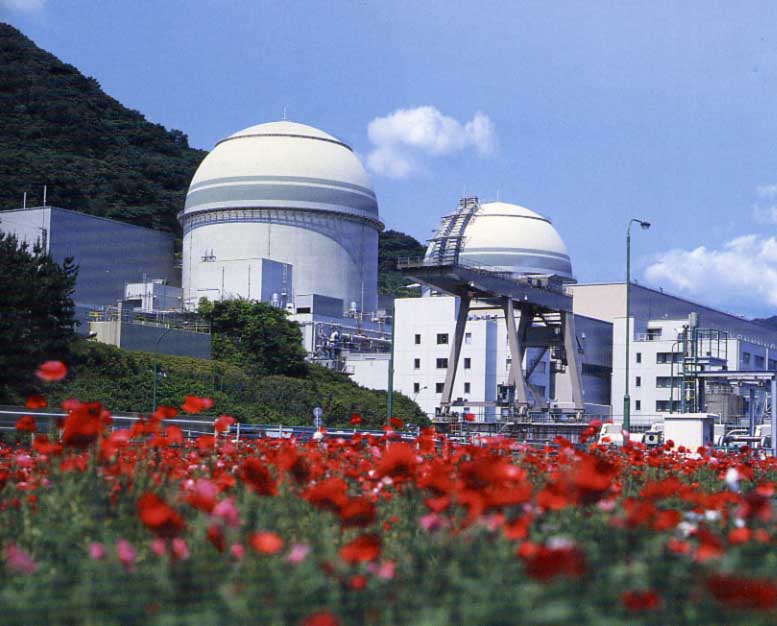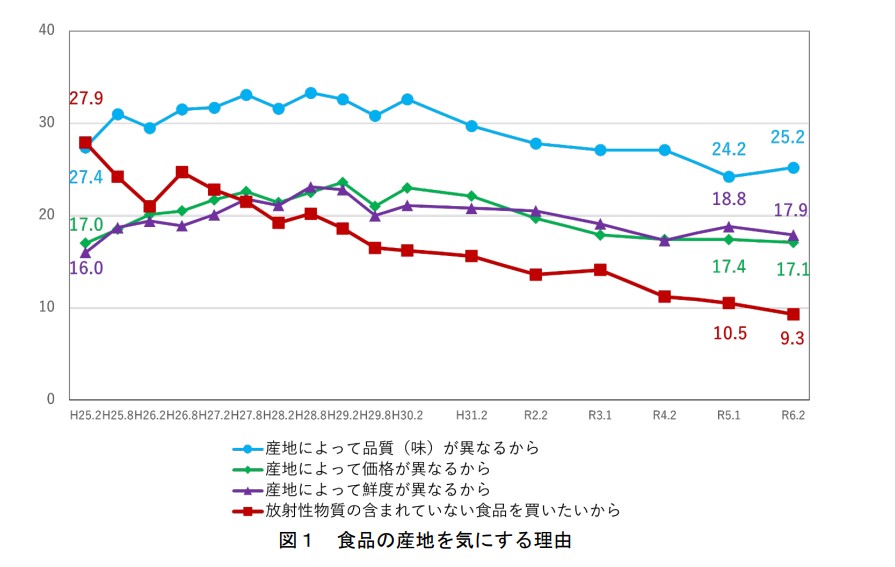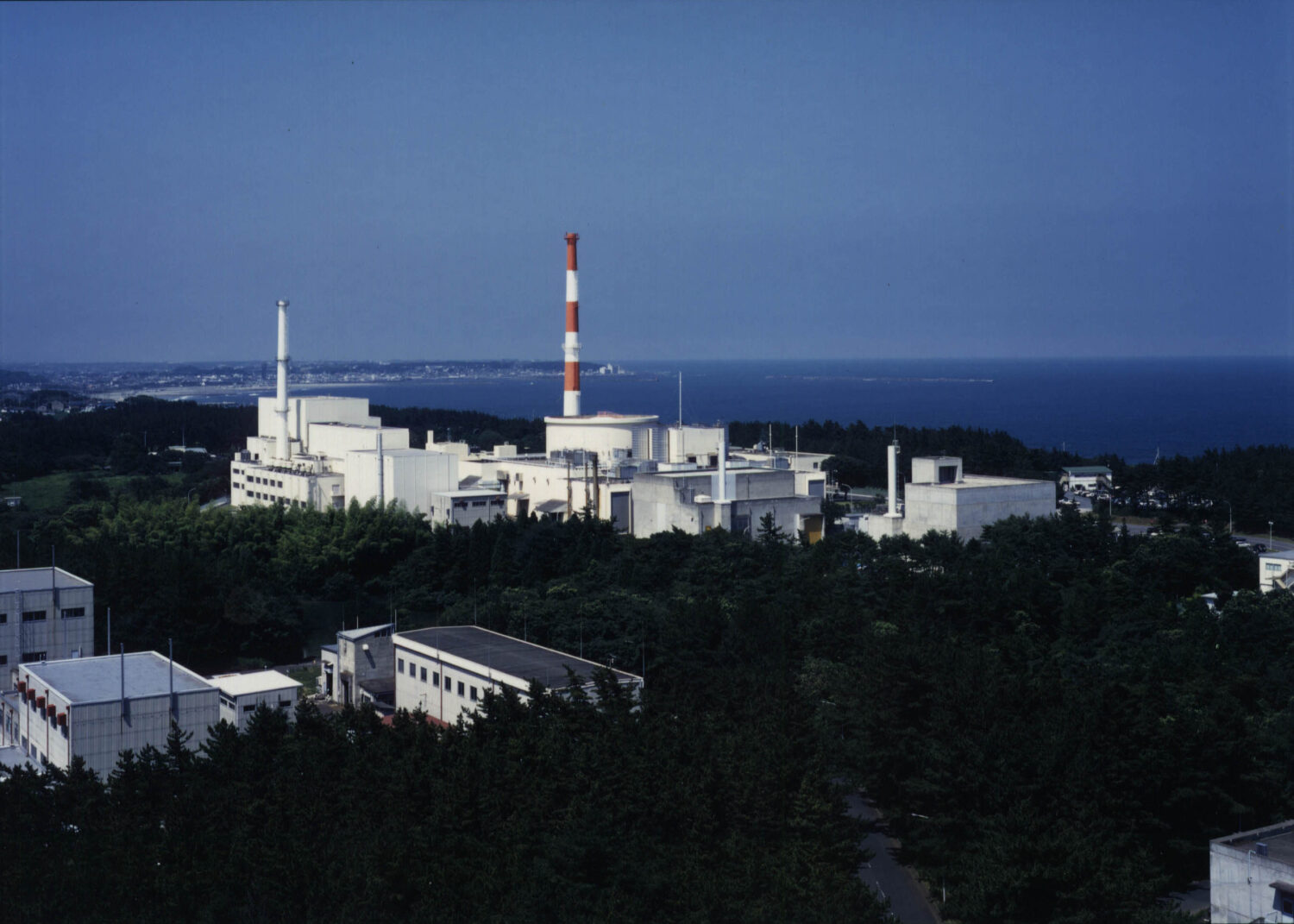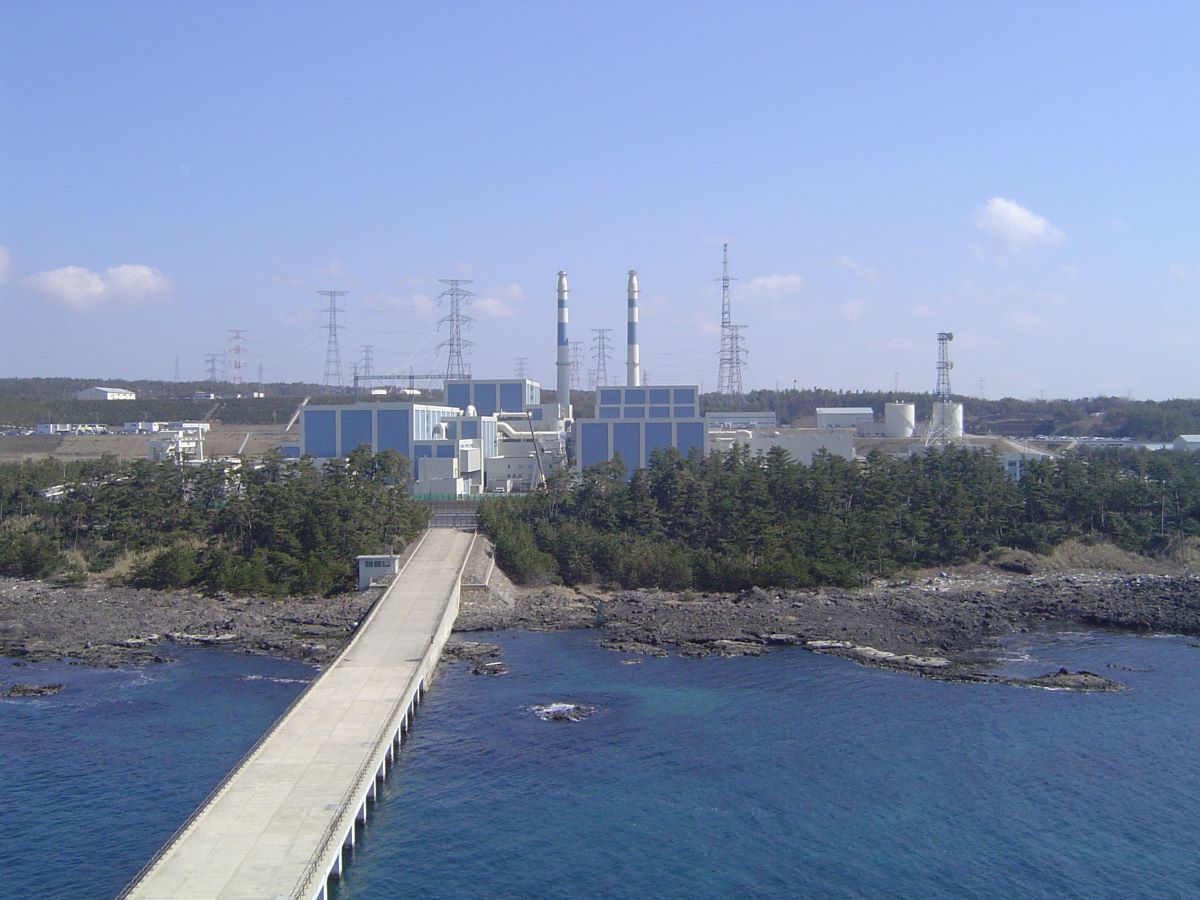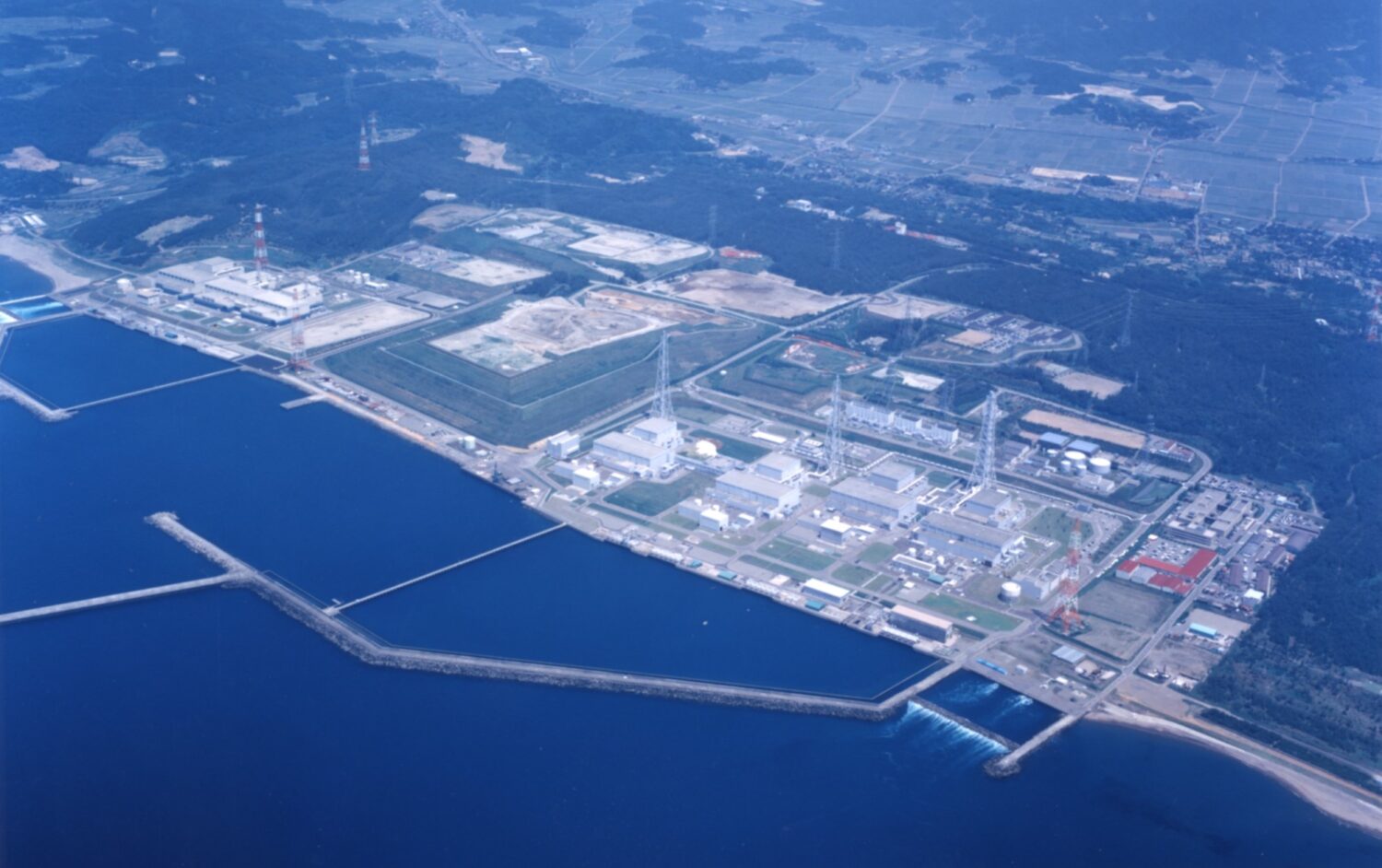Taking notice of a tsunami that occurred in the Sunda Strait in Indonesia on December 22, 2018, as a result of a volcanic eruption, the NRA has worked since January of this year on ascertaining the possible effects that a tsunami triggered by a submarine landslide in the Oki Trough might have on the Takahama NPPs.
All four units at the Takahama site have already cleared examinations confirming their compatibility with the new regulatory standards, and Units 3 and 4 have been restarted.
At a hearing last month, Kansai EP representatives explained to the NRA about its conclusion that—based on the observation of three tide gauges installed on the premises of the site—the closing of the tide gate on the water channel would negate any influences of a potential submarine landslide in the Oki Trough, either on Units 3 and 4, which are currently in operation, or on all four units when the two currently idled units resume service.
Specifically, a tsunami threat will be deemed to exist if the water levels indicated on at least two of the three tide gauges fall at least one meter in ten minutes, and subsequently rise more than one meter from the lowest level in another ten minutes. At that point, the power utility will respond by stopping the reactors and circulation pumps and closing the tide gate on the water channel.
At its previous regular meeting on July 3, the NRA noted that when all four units at the Takahama NPPs are in operation, a lowered water level due to backwash might affect the intake of the seawater pump. It thus expressed its view that Kansai EP should file an application for permission to change the reactor installation for the reactors.
On July 8, Kansai EP indicated it would file such applications in mid-September. At the meeting two days later, the company asked the NRA to clarify what back-fit system would be expected. Accordingly, another hearing will be held to share opinions.


-1.png)








.jpg)


